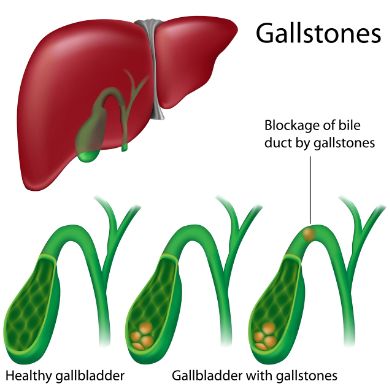BloodStop - Not an early Halloween Prop!: Other types of mass bleeding

By Ethan Zhao Y11
Last time, we explored how to stop massive hemorrhage in the extremities. In this article, more divisions on how to stop blood would be given. Please read this article with a grain of salt as most of the treatments for hemorrhage are derived from military standards and thus could lack some real-world application.
Torso Bleeding
Torso bleeding, also called non-compressible torso hemorrhage (NCTH), is a type of hemorrhage that occurs mainly in the chest or abdomen area. These types of bleeding cannot be controlled by the usual way of compression as there are a lot of organs present within the torso.
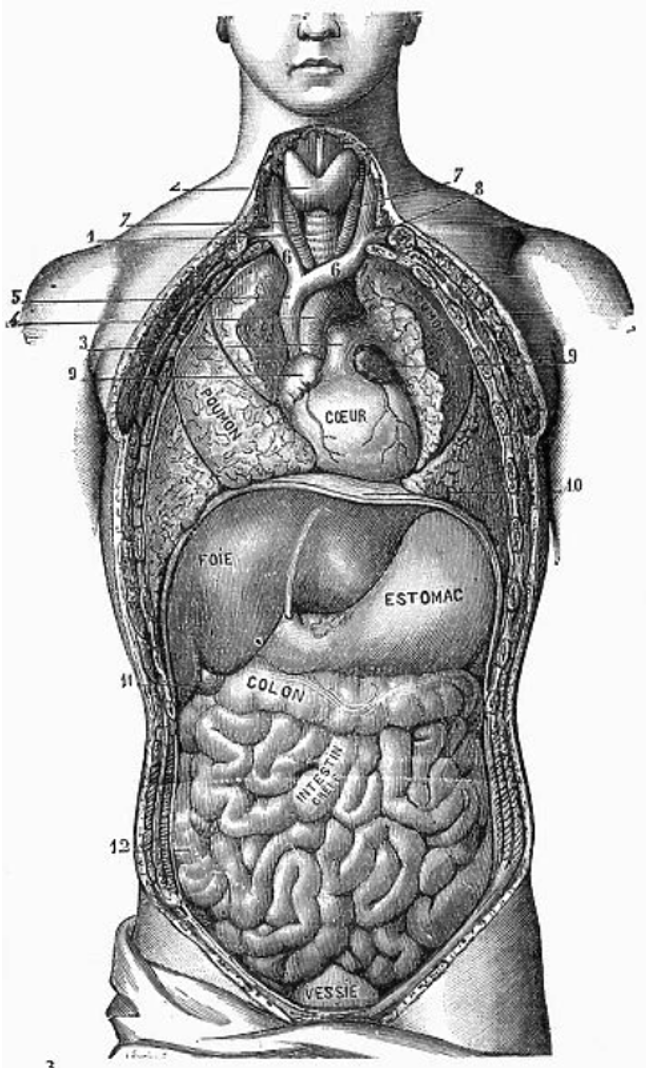
The steps below could be applied to any situation until help arrives. These are the steps correlated to the ABCs of the first aid, which is the treatment of the airway, breathing, and circulation. (The specifics will be posted in another article, stay tuned!)
The first thing to treat NCTH, or any type of trauma, is to call for help.
Make sure that the people surrounding can call for the ambulance. Next, ensure that the person affected can breathe freely. If required, CPR techniques or the AED may be used. While NCTH refers to internal bleeding, it's important to address any external bleeding that may be present. Apply direct pressure to any visible wounds using a clean cloth or your hands. If possible, elevate the bleeding site above the level of the heart. By elevating the site of bleeding to the level of the heart, the blood flow would be slowed and you could buy the patient some precious time.
But in the case of NCTH, please note the following:
*Do not attempt to compress the torso: In the case of NCTH, applying pressure to the torso may not effectively control the bleeding and could potentially worsen the situation.
*Do not provide oral fluids or food: It's generally recommended to withhold oral intake for individuals with severe bleeding until they receive appropriate medical care.
Junctional hemorrhages
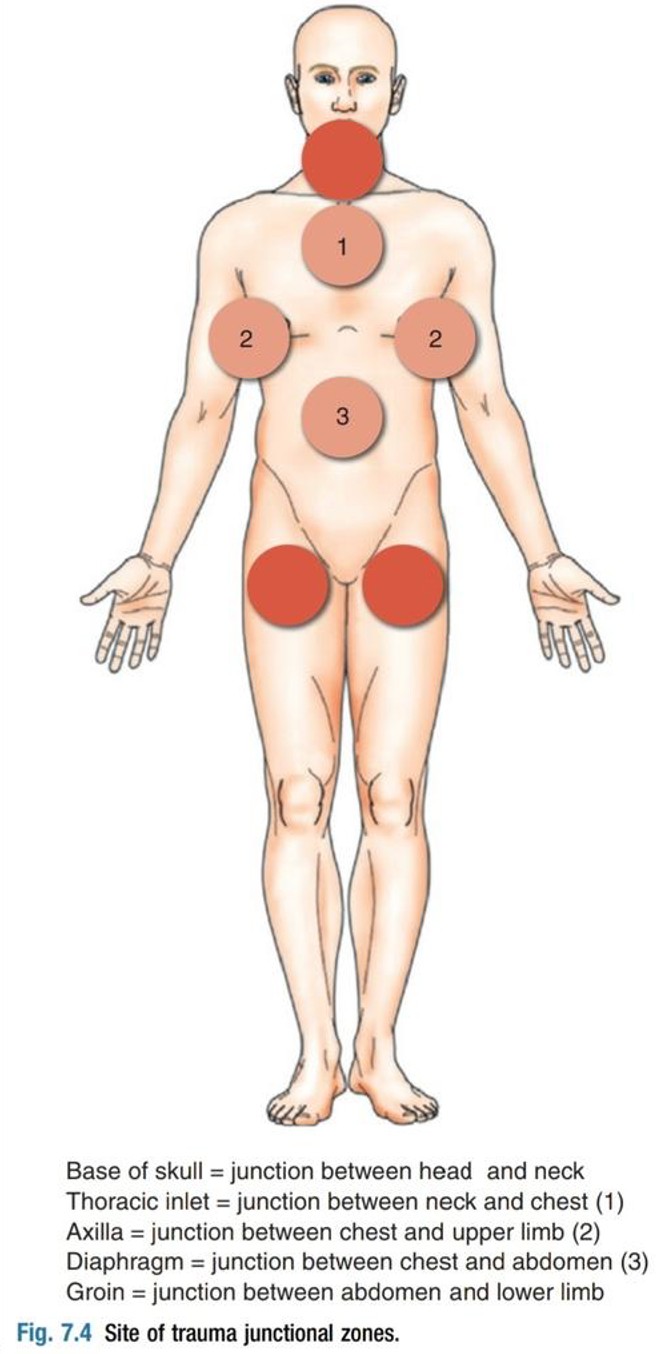
The junctional area is the place connecting your torso as well as your extremities. By military equipment standards, junctions such as your neck, armpits as well as the groin area are easily susceptible to damage.
In the next few sections, there will be examples of places that could have junctional hemorrhages and how to treat specific areas of bleeding. Take the instructions below with a grain of salt as the equipment described below might not be available at first aid.
The ways to treat junctional areas are simpler than the NCTH:
- Apply Pressure Dressings on the wound. This can help control bleeding in junctional areas. These dressings are specifically designed to exert pressure on the bleeding site, promoting clot formation and reducing blood flow. If you happen to buy one, they might come in with inflatable balloons or internal pressure dressings. These are for better dressing the wound and stopping the blood.
- If you happen to have some nearby, Hemostatic Agents could be an easy first choice after you address the wound with pressure and stop the bleeding. Hemostatic agents are substances that promote blood clotting. They can be applied directly to the bleeding site to help control bleeding. Chitosan or Kaolin are good choices for hemostatic agents.
Up next are two special equipment to stop junction bleeding, each with a special application site.
- Junctional Tourniquets: Like the tourniquets, the junctional tourniquets are an easy-working binder that can apply pressure and thus stop bleeding. They are specifically designed to address bleeding in regions where traditional tourniquets cannot be easily applied.
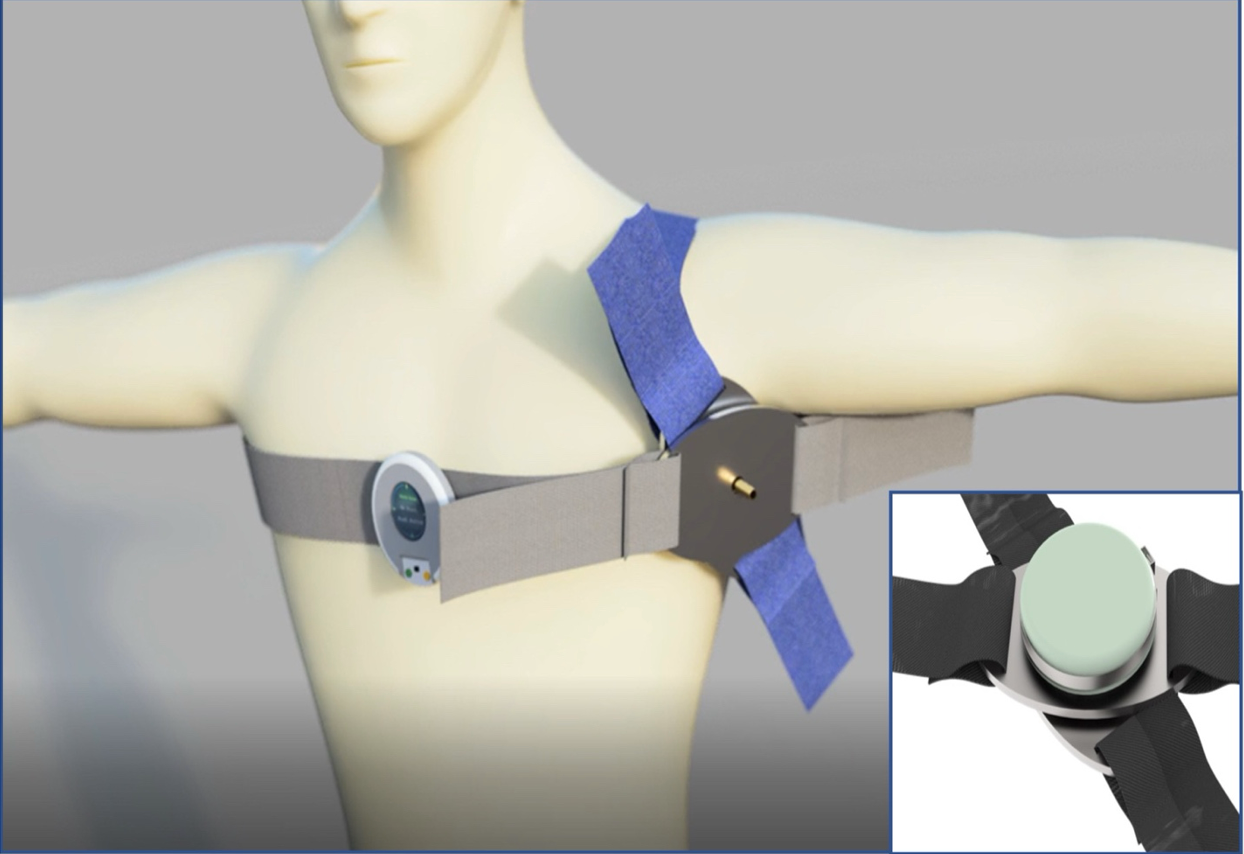
- Pelvic Binders: In pelvic fractures and associated bleeding, pelvic binders can stabilize the pelvic region and reduce bleeding. These devices can help to control bleeding and stabilize the fractured bones.
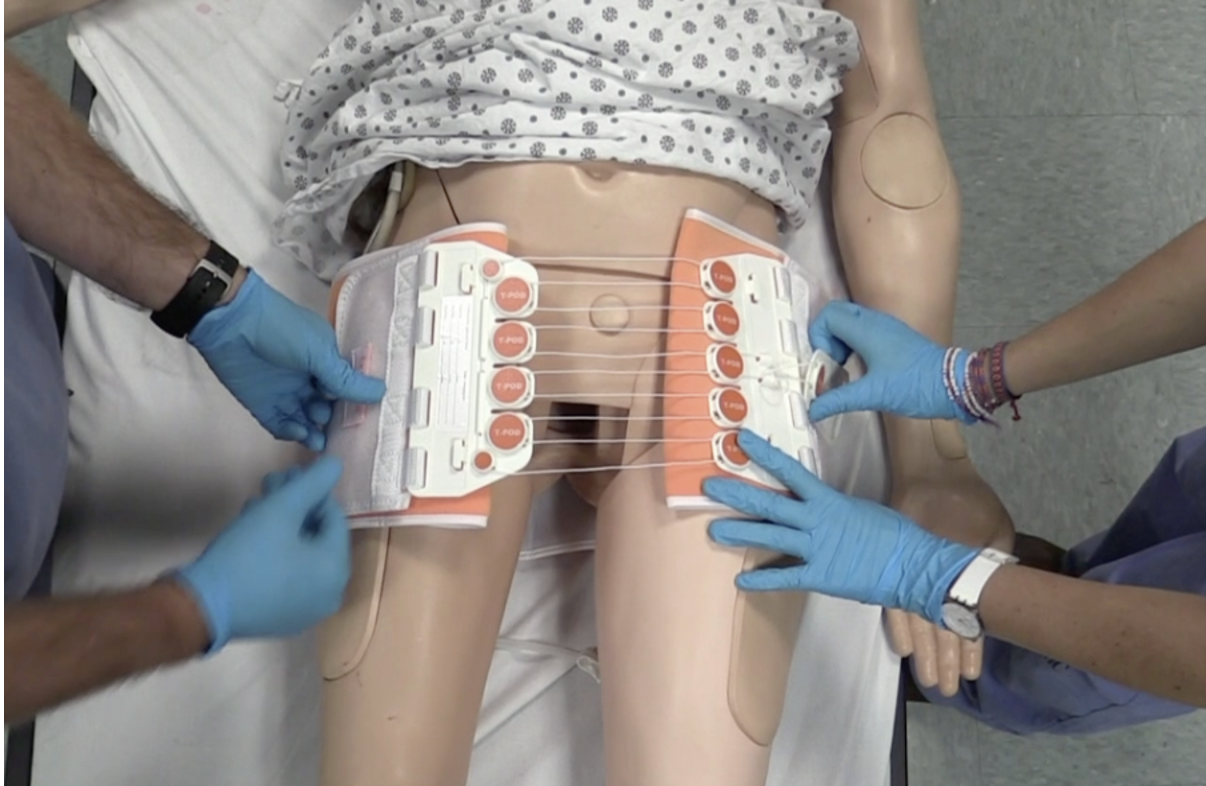
If you see someone bleeding from their neck and trachea, things could be very serious. This is because their breathing area might be blocked, and their carotid arteries might be severed or broken. With any of these severed, the patient might be subjected to brain death within a very short period.
To treat the neck and throat trauma, you might need to take a few extra measures:
- Help the injured person sit down and lean slightly forward. This position can help prevent blood from pooling in the throat and potentially obstructing the airway.
- Applying pressure works in the neck and throat traumas if the bleeding is visible and accessible. Apply direct pressure to the wound using a clean cloth, sterile gauze, or your hand. Maintain firm and continuous pressure to help control bleeding. Avoid poking or probing the wound to prevent further injury.
- If there is a foreign object, such as a penetrating object or impaled object, do not attempt to remove it. Removing it would only cause further damage and a greater area of bleeding
- If something is obstructing the airway of the person, help/encourage the person to get the object out if possible. If the person is unconscious, make sure that his tongue isn’t obstructing the airway.
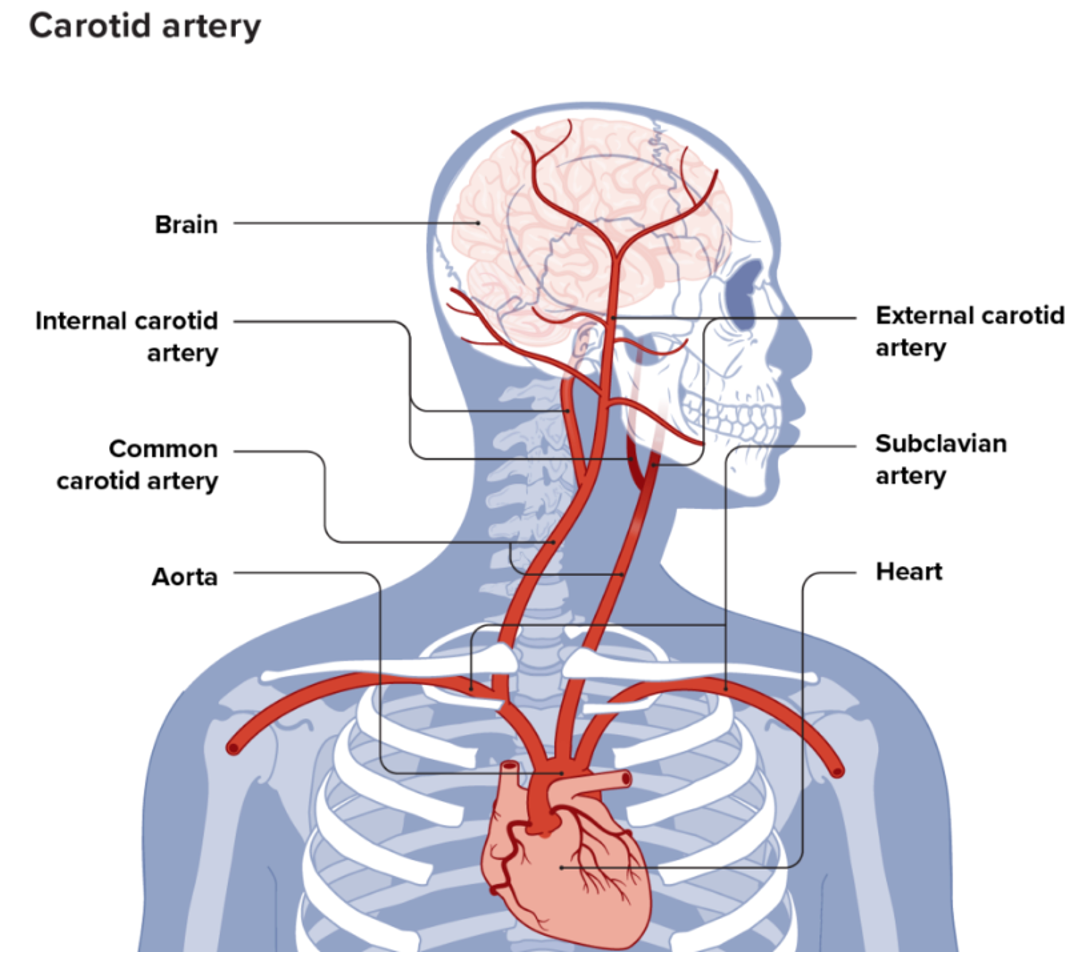
In the two passages of stopping the blood, we have covered extremities, junctional as well as torso hemorrhages, and how to treat them. Remember to stay tuned to the next article!




